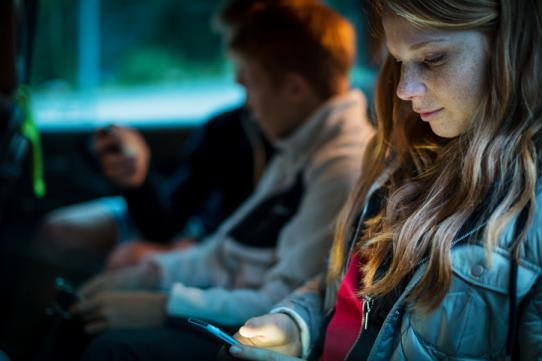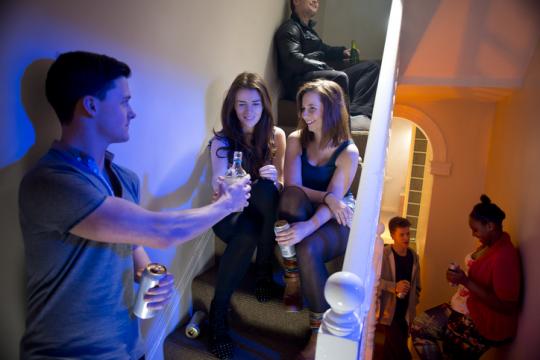Child sexual exploitation follows a period of systematic grooming by one or more predators, designed to lure the victim in and establish control. Grooming can take place online or offline, and includes trapping the victim in an abusive lifestyle they think is normal.
Depending on the type of grooming, a child may be threatened, blackmailed or influenced by the promise of gifts, such as alcohol, money, drugs, clothes or tech. Perpetrators ultimately want to normalise the situation for their victim, and break down their relationships with friends and family to leave them defensive and vulnerable.
There are many different forms of grooming, and each type can affect children in different ways. Sadly, most models of grooming are often very effective, with abusers often targeting children who are most at risk.
In this guide, we aim to introduce the different child exploitation grooming models and highlight the common signs to look out for. Remember, though, that grooming can take many forms beyond those listed below, and abusers will often use a combination of tactics to break down a child’s defences – so, the experience is usually different for every child.

This kind of grooming involves exploitation by someone of a similar age, either at school or from another circle of friends. It often comes about as a result of sexual exploitation online, in which the victim is encouraged to share explicit images or dialogue with someone they think is a friend or acquaintance.
Common signs of this type of grooming include:
Given that peer to peer exploitation often happens online, be sure to read our in-depth guide to keeping your child safe on the web.

One of the most common forms of grooming is befriending, in which the victim is introduced to their abuser through a mutual friend or someone they would normally trust. Befriending can happen online or offline, and usually involves the victim being targeted by someone their own age, who then passes them on to someone much older who is often described as a family member or friend.
The next stage of befriending is coercion, in which the victim is often given gifts like cigarettes, alcohol, drugs, clothes or lifts to and from school. This normalises the grooming and makes the victim feel ‘special’, which further lowers their defences and leaves them vulnerable to abuse.
Common signs of this type of grooming include:

One of the most psychologically-harmful grooming tactics; the pimp or ‘boyfriend’ model is when a perpetrator poses as a child’s older boyfriend, even starting a sexual relationship. The abuser will often shower their victim with gifts and personal attention, but may expect payment in return in the form of sexual activities.
The pimp model of grooming shares the same common signs as befriending, but with the following additions:
One of the most serious consequences of the boyfriend grooming model is trauma bond, in which a victim forms a deep connection to their abuser, with potential long-term damage. Find out more about trauma bonding and how it affects vulnerable children in our practical guide.

‘Party’ grooming is when a group of older men throw parties designed to lure in young people, both girls and boys. There, they’re introduced to an ‘exciting’ culture of drinking, drugs and sex, and are encouraged to bring their friends along. As the young people get more and more drunk, the abusers force them into having sex in return for more alcohol, affection or a lift home.
Often beginning as a one-off, these parties can become more and more regular, until a child is groomed independently by a man who wants to be their permanent ‘boyfriend’. Signs to watch out for include:
Although rare, child sexual exploitation is becoming more prevalent, with children’s growing access to the web fuelling the problem. For this reason, we’ve developed a practical guide to child sexual exploitation for foster families – so, you can get the information and support you need to help your child.
Access our child sexual exploitation information guides below:
At NFA, we help our foster carers provide homes for vulnerable young people, giving them round-the-clock support, specialist training and a close-knit community of like-minded carers. For more information about fostering with us, visit the homepage or call us on 0330 022 9135.